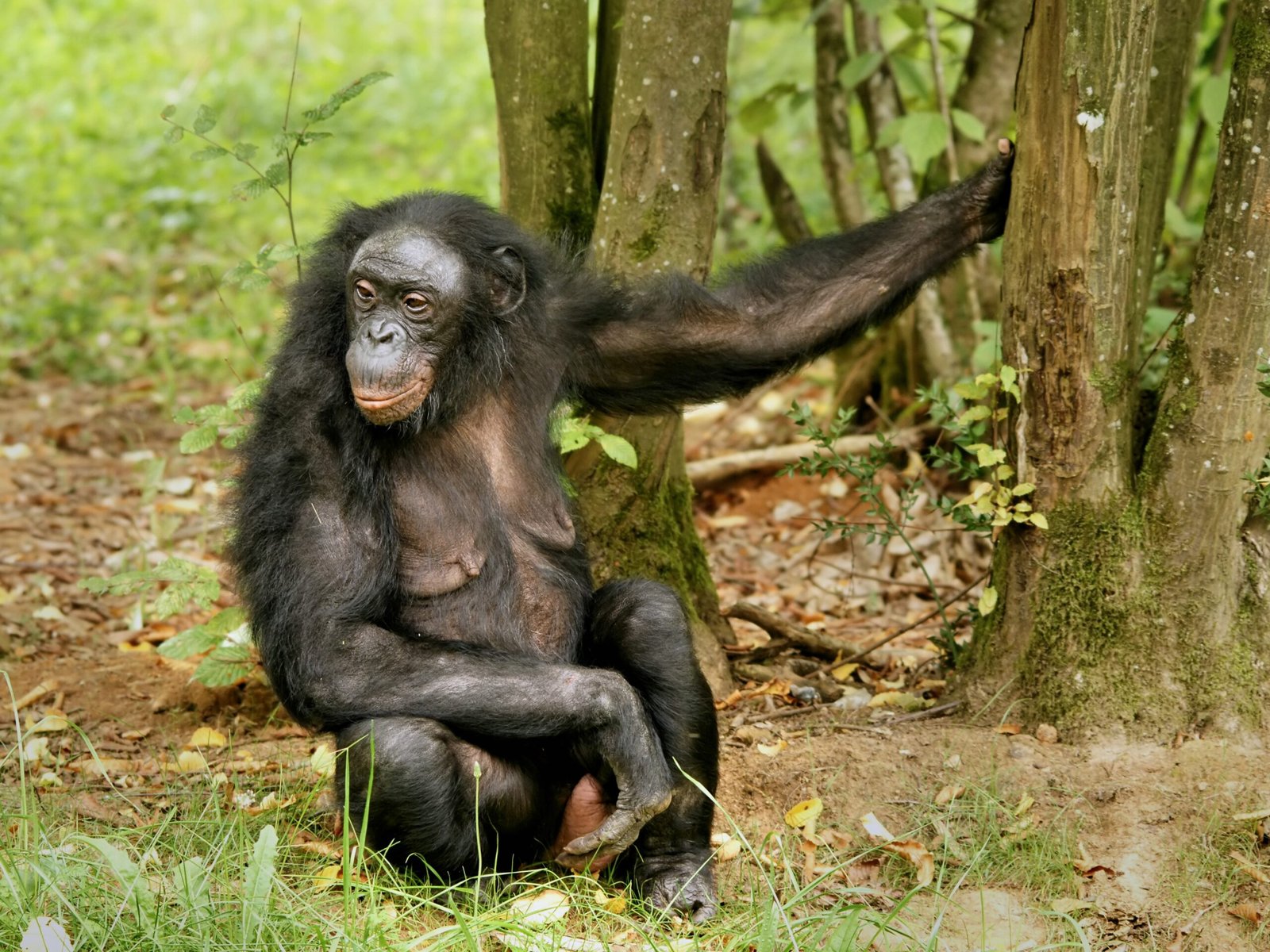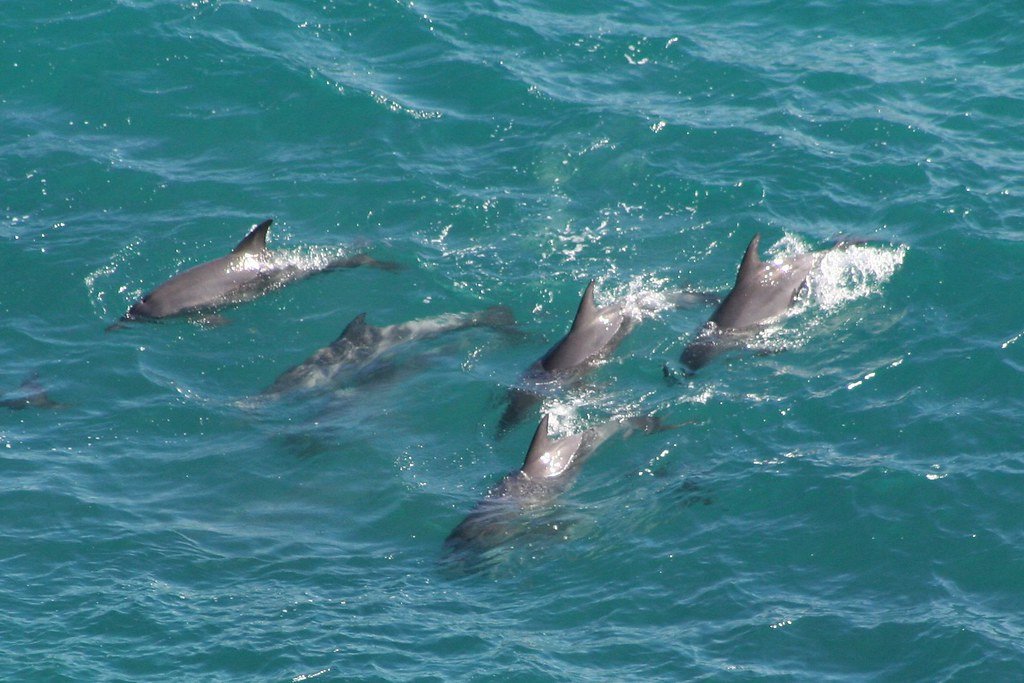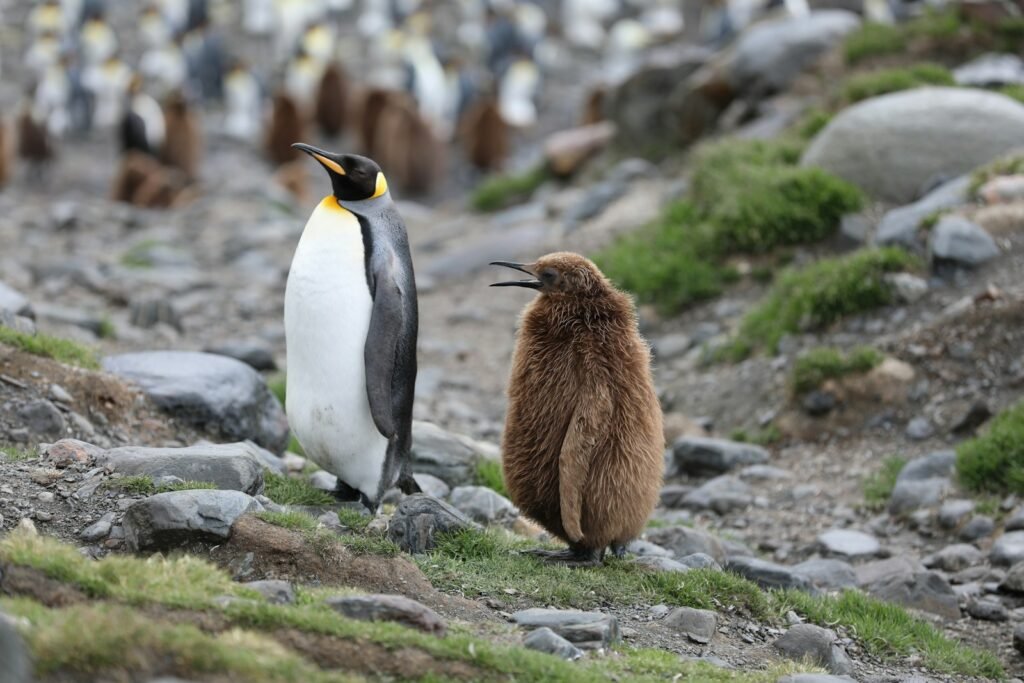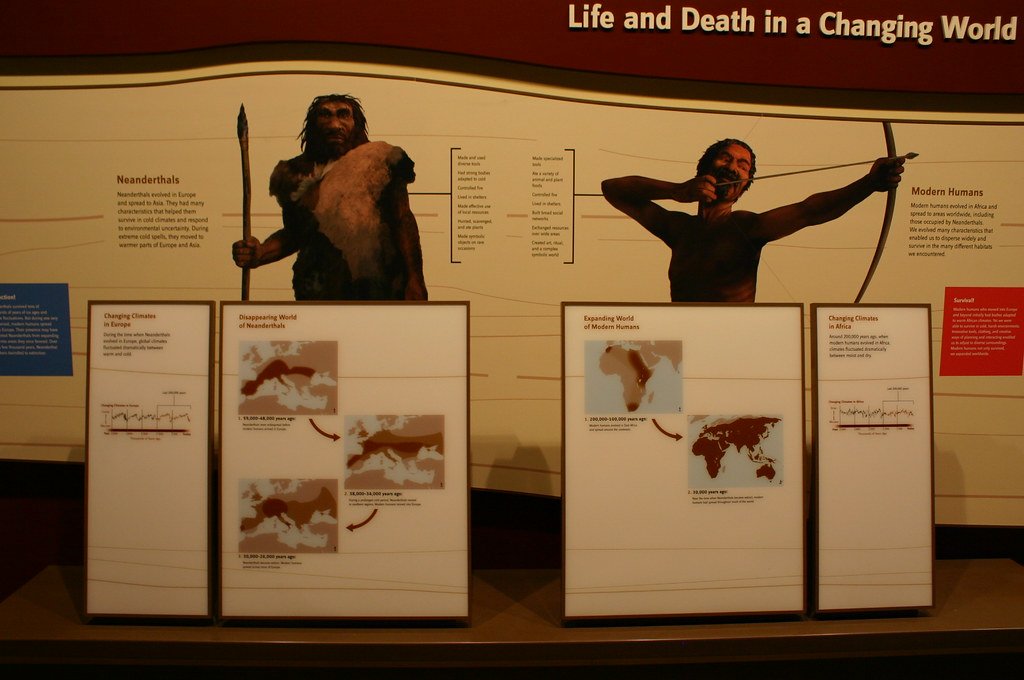Dolphins, and Bisexuality in the Animal World
When you think about the animal kingdom, you might picture neat pairs marching into Noah’s Ark. But reality is far more colorful than our childhood storybooks suggested. From the rainforests of Congo to the vast oceans around Australia, nature tells a different story — one where sexuality exists on a magnificent spectrum that includes everything from tender same-sex partnerships to fluid bisexual behaviors that would make even the most open-minded humans blush.
The Great Sexual Revolution You Never Learned About in School

Here’s something that might shock you: researchers have documented same-sex behavior in over 1,500 animal species, and that number keeps climbing every year. For decades, scientists swept these observations under the rug, worried about stepping into political minefields. “There was a lot of hiding of what was going on, I think, because people were maybe afraid that they would get into trouble by talking about it,” notes Frans de Waal, one of the world’s leading primatologists. But the truth is, an explosion of research over the past 20 years has shown significant amounts of same-sex sexual behavior throughout the animal kingdom. We’re not talking about rare anomalies here — we’re talking about a fundamental aspect of life that’s been hiding in plain sight.
Bonobos: The Masters of Love, Not War

If there’s one species that puts human bedroom politics to shame, it’s the bonobo. These close relatives of ours — sharing about 98.7% of our DNA — have figured out something we’re still struggling with. Both males and females engage in hetero- and homosexual behavior, with studies suggesting that nearly all bonobos are bisexual. But here’s the kicker: 75 percent of bonobo sex is nonreproductive. Think about that for a moment. These apes have sex primarily for pleasure, bonding, and conflict resolution. Roughly 60% of all bonobo sexual activity occurs between two or more females, making female-female interactions the most common form of sexual behavior in the species.
The Bonobo Peace Treaty: Sex as Diplomacy

Dutch primatologist Frans de Waal believed that sexual activity is the bonobo’s way of avoiding conflict, as anything that arouses the interest of more than one bonobo tends to result in sexual contact. Imagine if humans solved their disagreements this way! If two bonobos approach a cardboard box thrown into their enclosure, they will briefly mount each other before playing with the box. It’s like nature’s version of “make love, not war,” taken to its logical extreme. Bonobos are quite tolerant, using sex to divert attention and defuse tension, with bonobo sex often occurring in aggressive contexts totally unrelated to food.
Female Power in the Bonobo World

In the largely peaceful bonobo society, the females rule the roost. This isn’t just about who’s in charge — it’s about how female alliances shape the entire social structure. Female bonobos form tight-knit alliances that help them maintain control over food resources and social interactions. Before splitting a honeycomb found together, female bonobos will rub genitals, which reduces tension and helps them share. The cooperative nature of these relationships creates a more peaceful society than what we see in their aggressive cousins, the chimpanzees. It’s a lesson in how female leadership can transform an entire community’s approach to conflict and cooperation.
Dolphins: The Ocean’s Ultimate Bromance Champions

If you think bonobo sexuality is fascinating, wait until you dive into the world of dolphins. Georgetown University professor Janet Mann argues that strong personal behavior among male dolphin calves is about bond formation, with studies showing that these dolphins later in life are in a sense bisexual. Picture this: young male dolphins form what scientists call “temporary sexual partnerships” during their youth. Male dolphin calves often form temporary sexual partnerships, which scientists believe help to establish lifelong bonds. These aren’t just casual encounters — they’re the foundation for alliances that can last decades.
The Dolphin Alliance System: Friendship with Benefits

The male bonds forged earlier in life work together for protection as well as locating females to reproduce with. It’s like a sophisticated social network where early sexual experiences create unbreakable partnerships for survival and reproduction. Behavioral ecologist Janet Mann observed two young males called Cookie and Smokey, whose mothers had died, who would hold pectoral fins like holding hands, swim together, and engage in sexual mounting behavior during their reunions. The emotional depth of these relationships rivals anything we see in human friendships. Confrontations between flocks of bottlenose dolphins and Atlantic spotted dolphins sometimes lead to cross-species homosexual behavior between males rather than combat.
When Dolphins Practice Makes Perfect

Recent research has revealed something incredible about dolphin development. Males who spent more time playing in the actor role as juveniles achieved more paternities as adults, showing that play behavior provides male dolphins with mating skill practice years before they sexually mature. Upon reaching sexual maturity, males form groups where there is significant homosexual activity, with some establishing couples for life, displaying periods of bisexuality combined with periods of exclusive homosexuality. Think of it as nature’s version of training camp, where young dolphins learn the social and sexual skills they’ll need later in life.
The Surprising World of Animal Bisexuality

Unlike most humans, individual animals generally cannot be classified as gay or straight: an animal that engages in a same-sex flirtation does not necessarily shun heterosexual encounters, with many species having ingrained homosexual tendencies as a regular part of their society — suggesting there are probably no strictly gay critters, just bisexual ones. This challenges our very understanding of sexuality as something fixed and binary. In most instances, it is presumed that the homosexual behavior is but part of the animal’s overall sexual behavioral repertoire, making the animal “bisexual” rather than “homosexual”.
The Evolutionary Advantage of Sexual Fluidity

Scientists are increasingly embracing what they call the “bisexual advantage” theory. Animals with more fluid sexuality are more likely to reproduce, with bisexuality potentially being “an evolutionary optimum phenotype in many species, including humans”. The logic suggests that absolute homosexuality would produce no offspring, but absolute heterosexuality could also be limiting, as it might make for an organism that is “poor at forming social alliances”. It’s better to exist somewhere in the middle, where you don’t miss out on either procreating or developing the social survival strategies that come from same-sex bonding.
Beyond Mammals: The Surprising Sexual Spectrum

Same-sex coupling and parenting has been observed in over 1,500 animal species, from male bottlenose dolphins who travel the ocean together for decades to penguins who adopt abandoned eggs and raise chicks together. Researchers have seen such same-sex behaviors in both male and female, old and young, social and solitary creatures across branches of the evolutionary tree ranging from insects to mammals. Even dragonflies get in on the action — male homosexuality has been inferred in several dragonfly species, with surveys revealing characteristic mating damage in 20-80 percent of males.
Penguins: The Adorable Same-Sex Parents

Roy and Silo, two male chinstrap penguins at New York’s Central Park Zoo, became unlikely celebrities when they formed a lasting partnership. The pair rolled a rock into their nest and sat on it, until a keeper slipped an egg from another pair into their nest, which Roy and Silo took turns warming until a female chick hatched after 34 days. They had been inseparable for six years, displaying classic pair-bonding behavior including entwining necks, mutual preening, and flipper flapping, while having sex and ignoring potential female mates. Their story became so famous it inspired a bestselling children’s book.
The Forgotten History of Animal Sexuality Research

In 1910, zoologist George Murray Levick was the first researcher to study the world’s largest Adélie penguin colony during the Terra Nova Expedition to Antarctica, chronicling their sexual behavior including sex between males, but none of these notes appeared in his published papers due to concerns about graphic content. For over a century, scientists have been documenting these behaviors but hiding them from public view. Anti-LGBTQ+ taboos and discrimination throughout history meant this topic was rarely studied, but research is finally emerging today.
The Social Functions of Same-Sex Behavior

Some researchers believe the social function of sex serves to strengthen alliances and social ties within groups rather than establish dominance. Animals may engage in same-sex couplings to diffuse social tensions, better protect their young, maintain fecundity when opposite-sex partners are unavailable, or simply because it feels good. Same-sex sexual behavior is an adaptive response to our needs as interconnected creatures, with social bonding being really important for fitness and well-being, and managing conflicts and stress being crucial.
The Complexity of Dolphin Societies

The dolphins studied in Shark Bay, Australia have a lot of sex, but little results in pregnancies, with the amount of homosexual behavior being so high that researchers see very few heterosexual matings, for several reasons including dominance and practice among juveniles. Common bottlenose dolphins exhibit homosexual behavior through tactile interactions, with same-sex members mounting one another and stimulating genitals using flippers, melons, flukes, or rostrums, possibly explained by social bonding, dominance maintenance, and practice for future mating.
Female-Female Bonds in Marine Life

Female dolphins also engage in homosexual behavior, thought to strengthen social bonds. Research has documented female bisexual kinship ties that maintain social cohesion in dolphin networks. It’s not just about male alliances — female dolphins form their own complex networks of relationships that include sexual components. Female Laysan albatrosses in Hawaii share nests, mount each other sexually, and raise their young together, showing that same-sex parenting extends far beyond the famous penguin couples.
The Matriarchal Revolution in Bonobo Society

Bonobos form a matriarchal society, unusual among apes. The females run the show in bonobo communities, with male bonobos staying with their mothers for life as the mothers act as matchmakers, choosing mates for their sons. Bonobo apes capitalize on the release of bonding hormone oxytocin during homosexual sex to strengthen social alliances between females, with female-female sex being the most frequent sexual activity in the species, leading to far lower levels of aggression than chimps. This gives them what one researcher described as “a reputation as the sexy hippie apes.”
Beyond Binary: The Gender-Fluid Animal Kingdom

Male clownfish can become female, with groups led by a female while the second-in-command is male, and when the leader dies, the next-in-line male changes into a female to become the new leader. Around 500 fish species change their sex as adults! Bearded dragons provide another example, where genetically male eggs incubated at higher temperatures can hatch into female lizards with some male-like characteristics, combining female body shapes with male-like boldness.
The Science Behind Sexual Diversity

Researchers have historically treated homosexuality as both a deviance and discrete phenomenon requiring species-specific explanations, but this approach seems like unsound science since any other widespread behavior wouldn’t be considered as independently evolving in each lineage, with the simplest explanation being that the behavior surfaced earlier in the evolutionary process — perhaps the primordial default wasn’t heterosexual. Maybe early animals just had sex, since differentiating between males and females requires physical differences and advanced recognition skills that evolved over time.
Modern Research Revolution

Over the past 20 years, a burst of research driven in part by a new generation of scientists more accepting of queerness has shown significant amounts of previously unreported homosexual behavior throughout the animal kingdom, from flour beetles to gorillas. The recent upsurge in scientific exploration of same-sex behavior has gotten a boost from a new generation of researchers, some of them LGBTQ+, though these young scientists were hardly the first to notice. The difference is that now, they’re not afraid to publish what they observe.
Implications for Human Understanding

These observations suggest to some that bisexuality is a natural state among animals, perhaps including Homo sapiens, despite the sexual-orientation boundaries most people take for granted, with some experts arguing that humans are naturally bisexual since “this idea of exclusive homosexuality is not accurate of people”. The simple answer to why queer things exist is that animal bisexuality is not costly — it was biologically simple, and just like humans, sex that doesn’t bring about offspring can still be worthwhile.
Nature has been teaching us about sexual diversity all along — we just needed to pay attention. From bonobos using sex to maintain peace to dolphins forming lifelong partnerships that begin in adolescence, the animal kingdom shows us that sexuality is far more fluid and complex than we ever imagined. Animals around the world exhibit a beautiful breadth of sexual fluidity and same-sex relationships, and humans do too — it deserves celebration. The next time you see two animals together, remember that you might be witnessing something far more meaningful than simple friendship. What would you have guessed about the true sexual diversity hiding in plain sight throughout nature?




